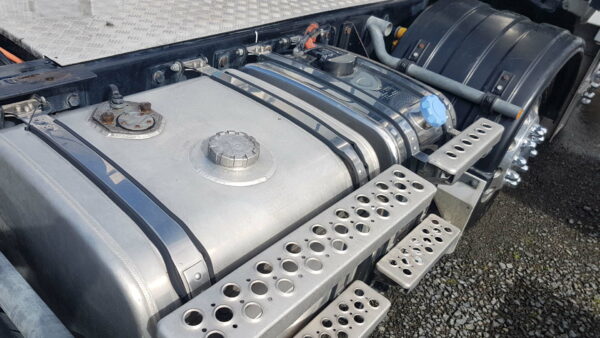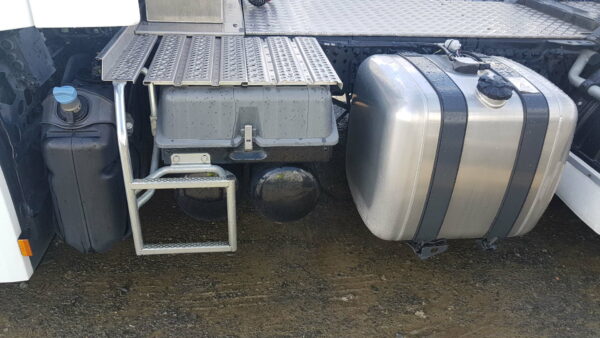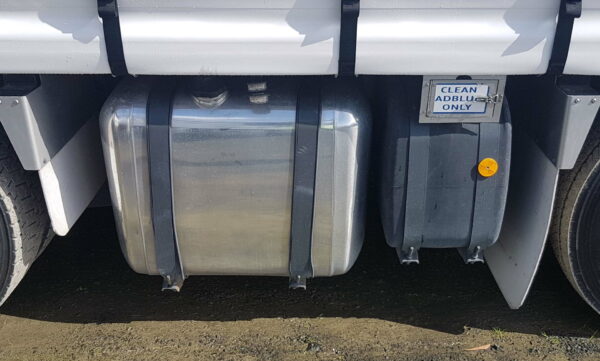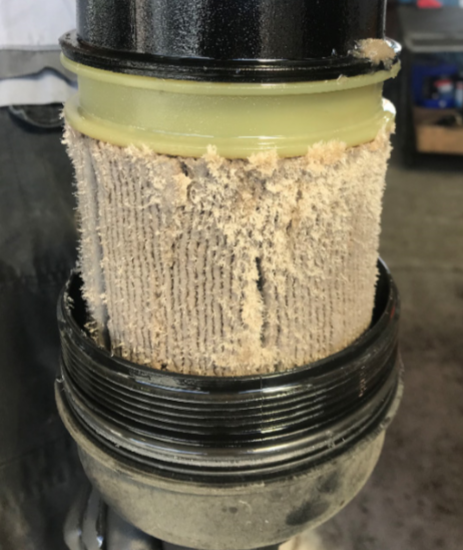If you own an HGV, or a diesel car built after September 2015, there’s a high likelihood that it will use AdBlue to help reduce harmful exhaust emissions.
What’s AdBlue made of?
AdBlue is a liquid made of urea and deionised water that is sprayed into the exhaust system to reduce nitrous oxide emissions. The water is demineralised and exceptionally pure. Urea is a substance found in urine.
What does AdBlue do?
It helps vehicles meet Euro 6 emissions requirements. Without AdBlue, many diesel vehicles would fail to meet the minimum standards.
AdBlue works using selective catalytic reduction or SCR. The AdBlue is injected in precise amounts into the exhaust system so that a chemical reaction with the exhaust gases neutralises harmful emissions.
What should you look for when buying AdBlue
It must meet ISO 22241 or ISO 22241-X (where X is 1, 2 or 3). Assuming these specifications are met, one brand of AdBlue will be virtually the same as any other, in the same way that diesel from Esso is the same as diesel from BP.
HGVs and heavy buses have used AdBlue for longer than passenger vehicles (some since around 2006), so most lorry drivers are well aware of what to do. However, car, van and pickup drivers may never have experienced this until they purchase a newer vehicle.
If you’re driving an HGV, you’ll fill your AdBlue tank at a service station using a pump similar to a diesel pump. If you’re driving a diesel car, it’s most likely that your AdBlue will be topped up when you get your vehicle serviced. However, sometimes AdBlue can run out between services and if you don’t fill up the tank, your vehicle might enter ‘limp mode’ where it derates the engine, or it might refuse to start at all.
You can purchase AdBlue from most service stations in bottles, and some have pumps for light vehicle AdBlue tanks.
How do you know when you need to fill up?
A warning will display on the dashboard when it’s time to fill up – usually 1000-1500 miles before you need to do it. If you ignore it, the check engine light could illuminate. If you ignore that, the engine will enter limp mode.
How do you fill the AdBlue tank?
On an HGV, it’ll be a medium-sized tank located next to the fuel tank. The cap will be blue.

When refuelling in low light, make sure not to confuse the two tanks.


On a light vehicle, it is usually behind the fuel filler flap and is a small blue cap next to the fuel cap. The owner’s manual will give you the instructions.
What happens if you accidentally put AdBlue in the diesel tank?
If you don’t switch on the engine, you can have the fuel/AdBlue mix pumped out and no damage will occur. However, if you do start the engine, it is bad.

Bear in mind that a replacement truck engine is a five-figure repair, and it’s not only that which will need replacing, it’s pretty much the whole fuel system. It is impossible to clean the systems out thoroughly enough.

The AdBlue nozzle is a different size to the fuel nozzle to help minimise the chance of putting it in the wrong tank.
Recap
AdBlue is a cheap liquid that, when added to the AdBlue tank, reduces nitrogen oxide exhaust emissions.
A warning light will display when it’s time to refill the tank.
You can refill it at many service stations.
If you don’t refill the tank, the vehicle may enter limp mode or shut off completely.
If you fill the wrong tank, do not turn on the engine, call for a company to pump out the tank otherwise you will wreck the engine.
